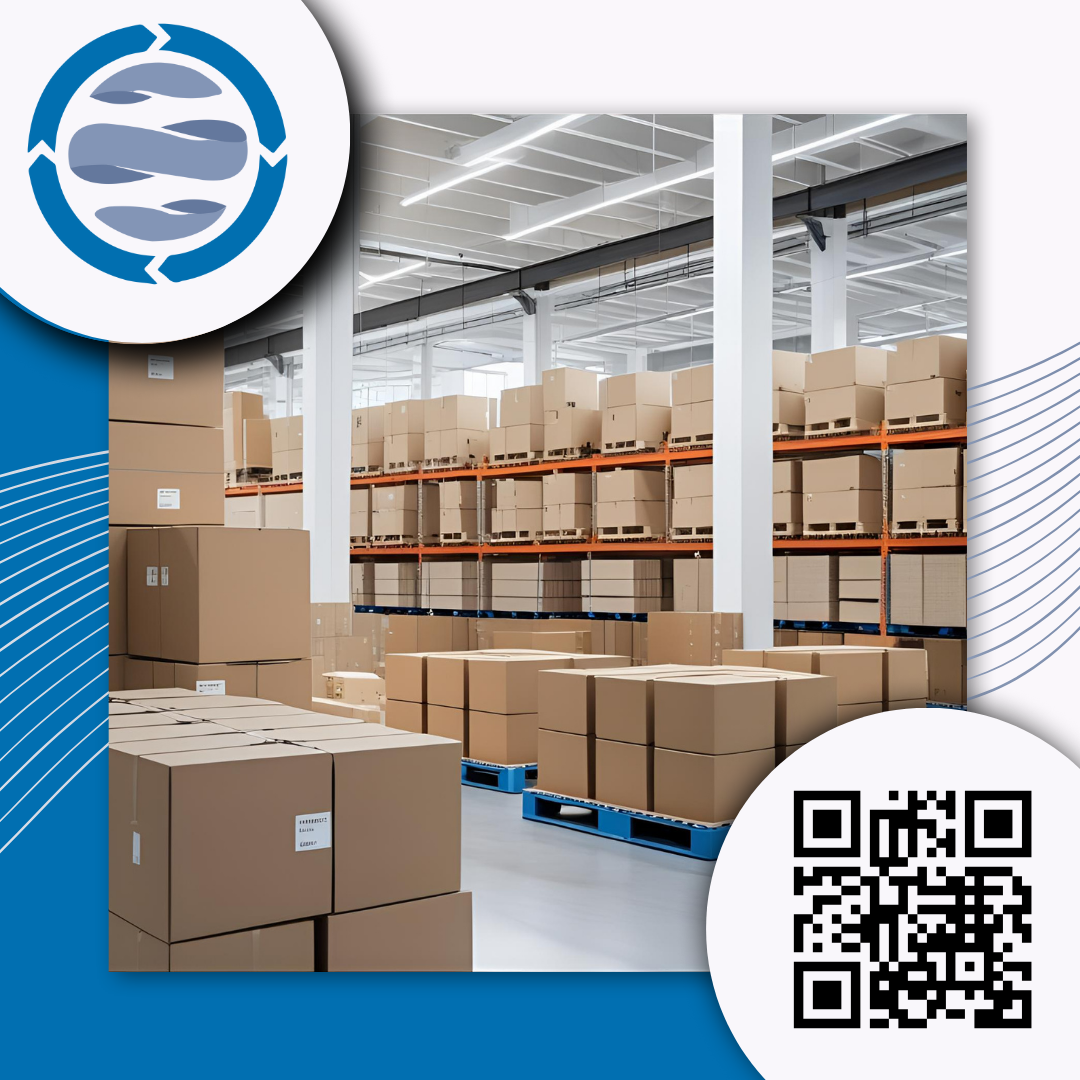As the first half of 2025 comes to a close, one thing is clear: reverse logistics is no longer a behind-the-scenes function. It's front and center in supply chain strategy, consumer satisfaction, and sustainability goals. From the continued surge in e-commerce to growing environmental demands, the reverse logistics industry is rapidly evolving—and businesses that want […]

As the first half of 2025 comes to a close, one thing is clear: reverse logistics is no longer a behind-the-scenes function. It's front and center in supply chain strategy, consumer satisfaction, and sustainability goals. From the continued surge in e-commerce to growing environmental demands, the reverse logistics industry is rapidly evolving—and businesses that want to stay competitive need to keep pace.
In this mid-year review, we're breaking down key events and data from H1 2025, sharing essential reverse logistics insights, and looking ahead to what the second half of the year may bring.

E-Commerce Returns Continue to Climb
Online shopping continues to dominate, and so do the returns that come with it. In fact, return rates for e-commerce purchases are now 33% higher than those for in-store transactions (TTI Delivers). With that growth comes increasing pressure on retailers and manufacturers to process returns faster, more accurately, and more cost-effectively.
The global reverse logistics market is responding in kind, projected to grow from $729 billion in 2024 to $778 billion by the end of this year (The Business Research Company).
Sustainability Is Reshaping Returns
As regulations around e-waste and sustainability intensify, more companies are looking to reverse logistics as a way to reduce environmental impact. Programs focused on repair, refurbishment, and responsible recycling are not only helping companies meet ESG goals—they're also reducing costs. According to recent research, businesses that prioritize reverse logistics see up to a 4x reduction in cost per return and a 12% increase in customer satisfaction (GoPenske).
This shift is also giving rise to more circular economy models, where products are designed with reuse and recovery in mind from the start.
Technology Is Driving Smarter Workflows
2025 saw accelerated adoption of tools like smart return hubs, real-time tracking, and automated triage systems. These technologies are helping companies gain better visibility, reduce errors, and make smarter decisions about what to refurbish, recycle, or replace.
By improving the speed and quality of reverse logistics operations, tech-enabled companies are unlocking more value from every return.
Labor Challenges Are Real
Widespread job cuts in retail and logistics have left many businesses understaffed. In fact, retail job cuts were up 274% year-over-year in early 2025 (Retail Dive). That makes it even harder for internal teams to manage a growing volume of returns, especially when workflows require skilled labor and detailed diagnostics.
This labor gap is leading many brands to seek outside help from specialized partners who can provide scalable, experienced support for reverse logistics.
What to Expect in the Second Half of 2025
As we move into Q3 and Q4, the reverse logistics market is expected to push past $800 billion and continue toward an estimated $950 billion by 2029 (The Business Research Company).
We anticipate:
- Continued pressure to automate and streamline reverse processes
- More government regulations around electronics recycling and take-back programs
- Higher demand for sustainable returns solutions from consumers and clients alike
Now is the time to strengthen your reverse logistics strategy before peak season hits.
How PTS Corp Helps Partners Stay Ahead
At PTS Corp, we’ve built our business around the principles of smart, scalable reverse logistics. Our team specializes in:
- Repair and refurbishment services for consumer electronics
- End-to-end returns management, including triage and disposition
- Component-level diagnostics and value recovery
- Flexible capacity that scales with your needs during peak returns
We help clients recover value, reduce waste, and maintain high-quality service standards—even during unexpected surges in return volume.
The Future of Reverse Logistics
The first half of 2025 made one thing clear: reverse logistics is no longer a secondary concern—it’s a strategic advantage. As we look toward the rest of the year, businesses that invest in smarter systems, stronger partnerships, and sustainable practices will be better positioned to thrive.
Want to learn how PTS Corp can support your reverse logistics strategy?
👉 Reach out to our team today to start the conversation.
